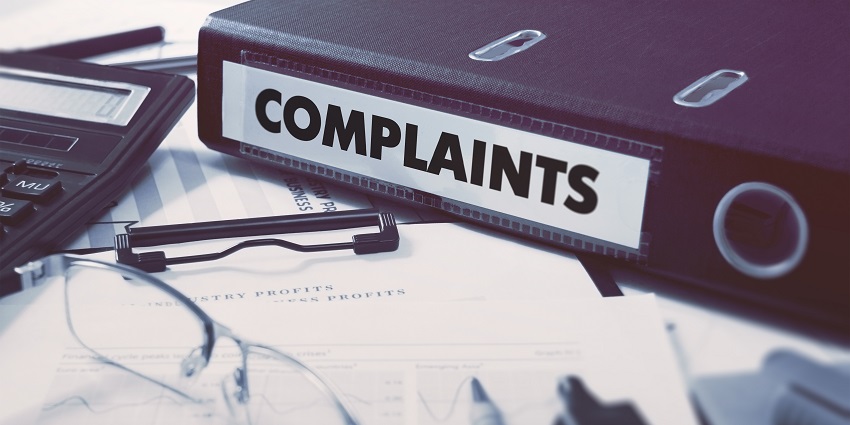Complaints are an inevitable reality for every big business. They convey negative – and often constructive – feedback from customers, helping to find new avenues for improvement.
However, complaint volumes seem to be rising at a concerning level, and organizations cannot always stem the tide.
According to a 2021 study from The Institute of Customer Service, complaints are at their highest level since 2009, and 50 percent of customers say they would switch to a new brand after just one bad experience.
Such statistics suggest that it is crucial to monitor, measure, and reduce customer complaint volumes, which is fast becoming a key metric for contact centers.
What is the Customer Complaint Volume KPI?
Customer complaint volumes are simply a tally of customer complaints over a specified period.
Tracking trends within complaint volumes, helps to isolate causes of customer frustration and often surfaces excellent CX improvement opportunities.
However, the aim of the game is to decrease complaint volumes, which many organizations have struggled with in recent times.
Indeed, as the aforementioned study of 10,000 consumers notes, one in four customers felt COVID was used by companies to justify poor service, which negatively impacted complaint volumes.
However, the good news is that these complaints may offer a goldmine of insights.
How to Measure Customer Complaint Volumes
There are several possible methods for collecting customer complaints.
First is ticket tagging. Through this approach, contact center agents tag the conversation with a particular code in the CRM after interacting with a customer who made a complaint.
Conversational analytics can automate this process and is often more accurate.
By analyzing contacts with the “complaint” tag, contact centers can begin picking out troublesome trends.
Yet, to cast a wider net, social listening technologies also help to dig up unofficial complaints. These monitor concerns that may influence brand reputation and, by tracking these issues, business can take action to change the narrative.
Other departments may set up other avenues to report complaint. A simple example is to forward the concern onto customer care, which then tags the contact and perhaps take positive, proactive steps to improve the customer relationship.
Finally, when it comes to tagging complaints, consider grading each by its severity, stated impact, and at-fault party. Doing so will enable easier analysis.
Reducing Customer Complaint Volumes
Complaint numbers may be on the rise, but there are several intelligent processes that may help to minimizing complaint levels. These include:
1. Focus on Improving First Contact Resolution
Customers hate having to expend more effort than they see fit. As such, more operations are prioritizing efforts to improve first contact resolution (FCR), recognizing its correlation with customer satisfaction.
An excellent method of doing so is by improving agent support systems. Updating the knowledge base, implementing UC-enabled swarming techniques, and considering agent-assist technologies are tactics that often work well.
2. Remove Business Silos
Many contact centers have limited interaction with the wider organization. However, a significant amount of customer complaints stem from factors outside the control of the contact center, including badly constructed websites, delivery problems, and product flaws.
As such, many operations are trying to spread complaint insights across the business to inspire action. Some even play other departments recordings of angry complaints, which they receive through the voice channel, to demonstrate how much particular issues irritate customers.
3. Isolate the Root Cause of Common Complaints
Separate call recordings that resulted in complaints, categorize them, and investigate their causes.
Are customers unhappy with the length of time they have to wait? Are they worried that the representative did not adequately address their questions? Are many individuals complaining about similar things?
Speech analytics software helps to make this procedure much simpler, allowing contact centers to estimate the potential costs related to each complaint, prioritize issues, and inspire action.







